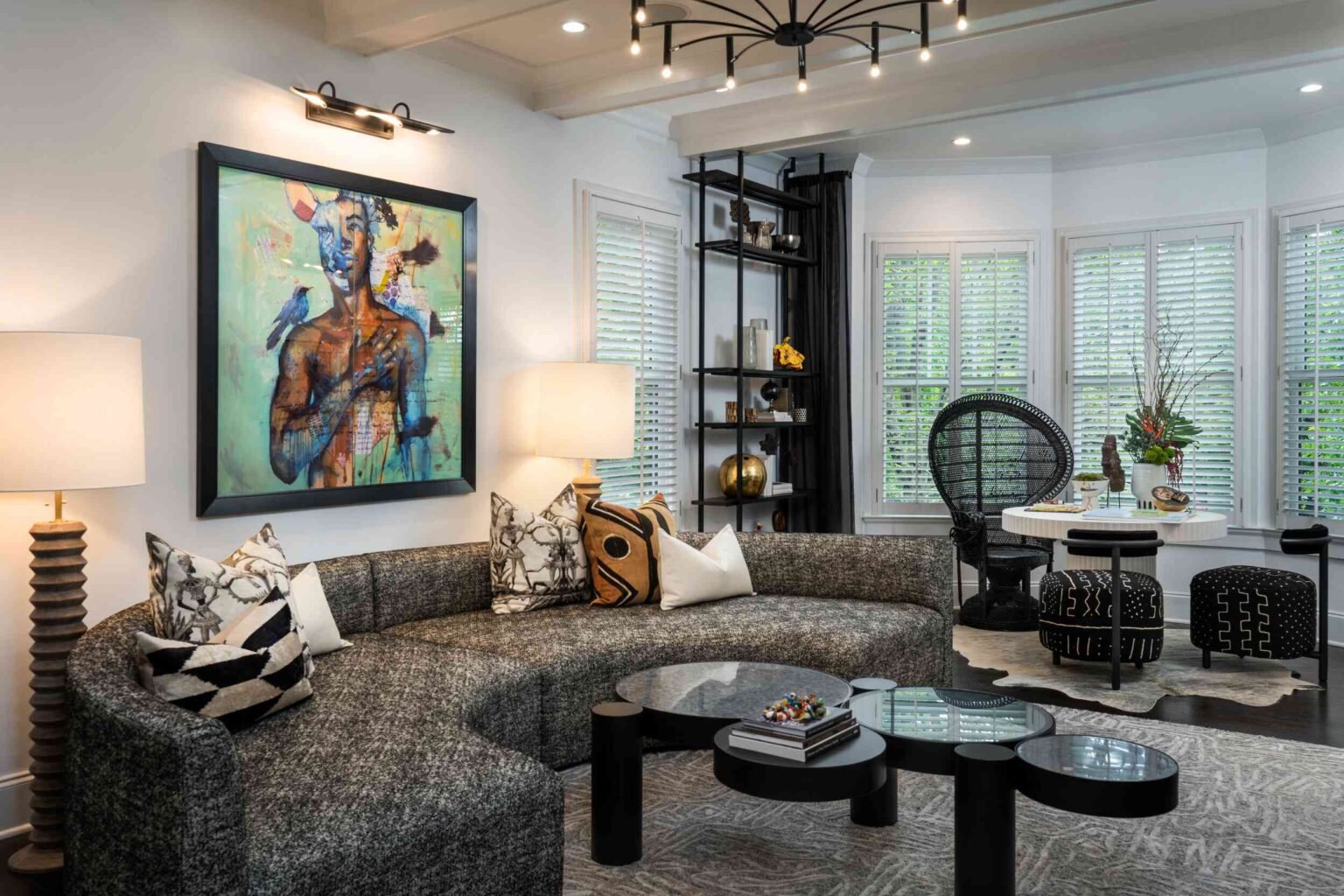If you’re a fan of maximalism, you’re in luck: maximalism style is a major trend right now. Unlike minimalism, maximalism follows a “more is more” design philosophy and features many colors, shapes, and textures.
To get the lowdown on maximalism, we asked designers to weigh in on the design style’s history, recent revival, and key characteristics. They also share some useful decor tips to help you bring maximalism into your own home.
Meet the Expert
- Alessandra Wood is a nationally recognized expert on design history.
- Dawn Cook is a designer and the co-owner of BLDC Design.
- Ashley DeLapp is the founder and principal of Ashley DeLapp Design.
A Brief History of Maximalism
This style is by no means a modern trend—maximalists have existed across the globe for centuries.
Alessandra Wood notes that wealthy people have used maximalism throughout history as a way to show off what they have, saying, “One of my favorite examples of this practice can be traced to 16th-century cabinets of curiosities.” The items placed on display would vary—first, animal specimens were popular, while in later years, individuals chose to highlight artwork and other goods, Wood explains.
“Cabinets of curiosities were like small, private museums that were stuffed top to bottom with treasures,” she adds. “Every surface covered with something.”
As time went on, maximalism emerged once again during the Victorian era. During this time, consumable goods became much more affordable and easily accessible, according to Wood.
Victorians covered their entire homes with decorative elements, from wallpaper to rugs, as they believed each person’s personality should be reflected in their home as a form of self-expression.
Maximalism’s Recent Popularity
Wood believes that maximalism in today’s society certainly takes a cue from past eras.
“First, those who decorate in that style are like curators of their own space, hoping to showcase a collection of goods they love,” she notes. “Second, they are more likely than people who love other styles to believe that their space reflects their personality.”
The style has seen a resurgence in recent years due to economic regrowth, explains Dawn Cook, co-owner of BLDC Design. “After the recession of 2008, design trends turned to minimalist—making a statement with less,” she shares.
As people slowly began to have more disposable income, they began to collect more and lean back into maximalism.
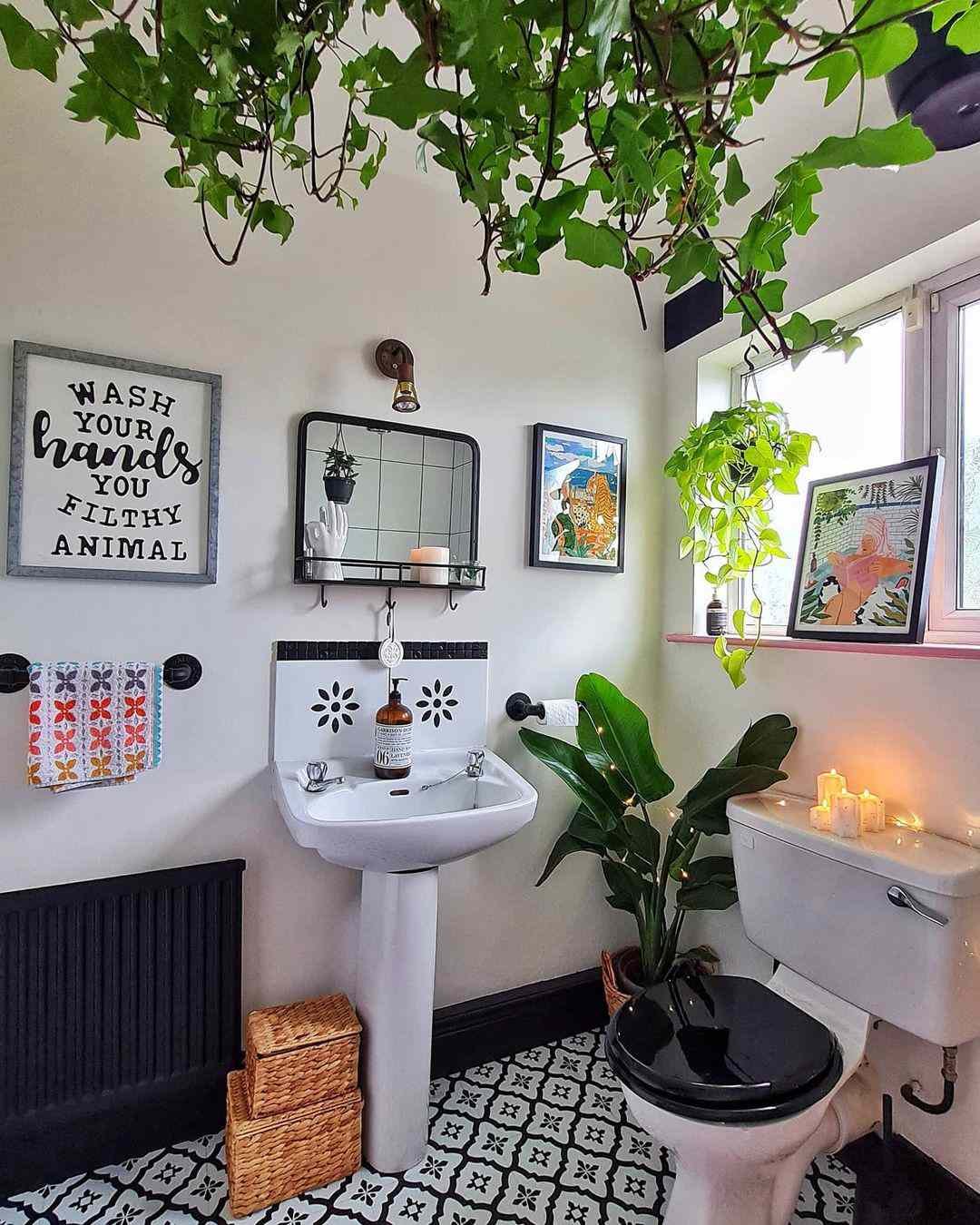
@martinas_cozy_crib / Instagram
Maximalism is particularly popular among younger generations, especially millennials, who were eager to incorporate plants, eclectic colors, and other accessories into their spaces, Cook adds.
“Maximalism became a way to define an eclectic home with a chaotic array of colors, prints, objects, and textures in a single space.”
Social media has also inspired many to turn to maximalism.
Key Maximalism Characteristics
Patterns and Colors
Have fun with pattern play and vibrant colors when designing a maximalist home. Bold wallpaper, glossy furniture, and other accessories help pull off the look, according to designer Ashley DeLapp, founder and principal of Ashley DeLapp Design.
Joy
And don’t forget the importance of joy, notes designer Isabel Ladd of Isabel Ladd Interiors.
“Joy is a fundamental element of maximalist design because the vibrancy and energy that hits you when you walk into a well-decorated maximalist space should induce happiness,” she says. “My motto: You can’t control everything, but what you can, let it bring you joy.”
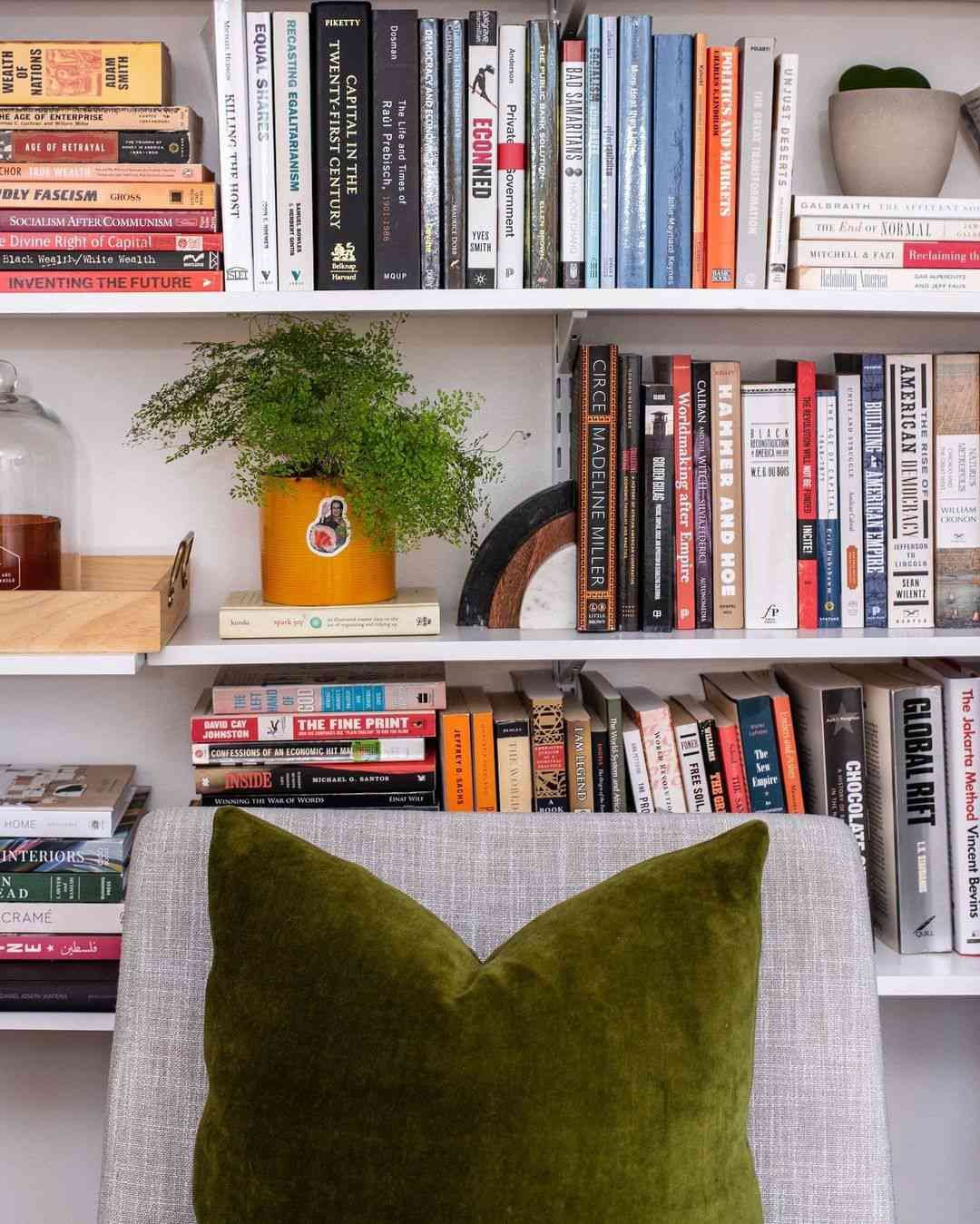
@dommdotcom / Instagram
Maximalism Design Tips
For some maximalists, narrowing down the top items they want to feature in a space can pose a bit of a challenge. If this is you, check out the design tips below.
Feature Pieces
It’s not always easy to decide which pieces to focus on in maximalist spaces, and sometimes an expert eye can be helpful when making critical choices. Consider consulting a designer, or otherwise, focus on just two pieces.
Cook operates under the principle that there should only be one or two “wow-worthy” pieces within a given room, giving your eyes something to focus on, and shares a few suggestions.
“Whether a packed bookshelf of a myriad of books, walls hung with a multitude of mixed art, or a room dominated with plants—something needs to take control and lead the design,” she says.
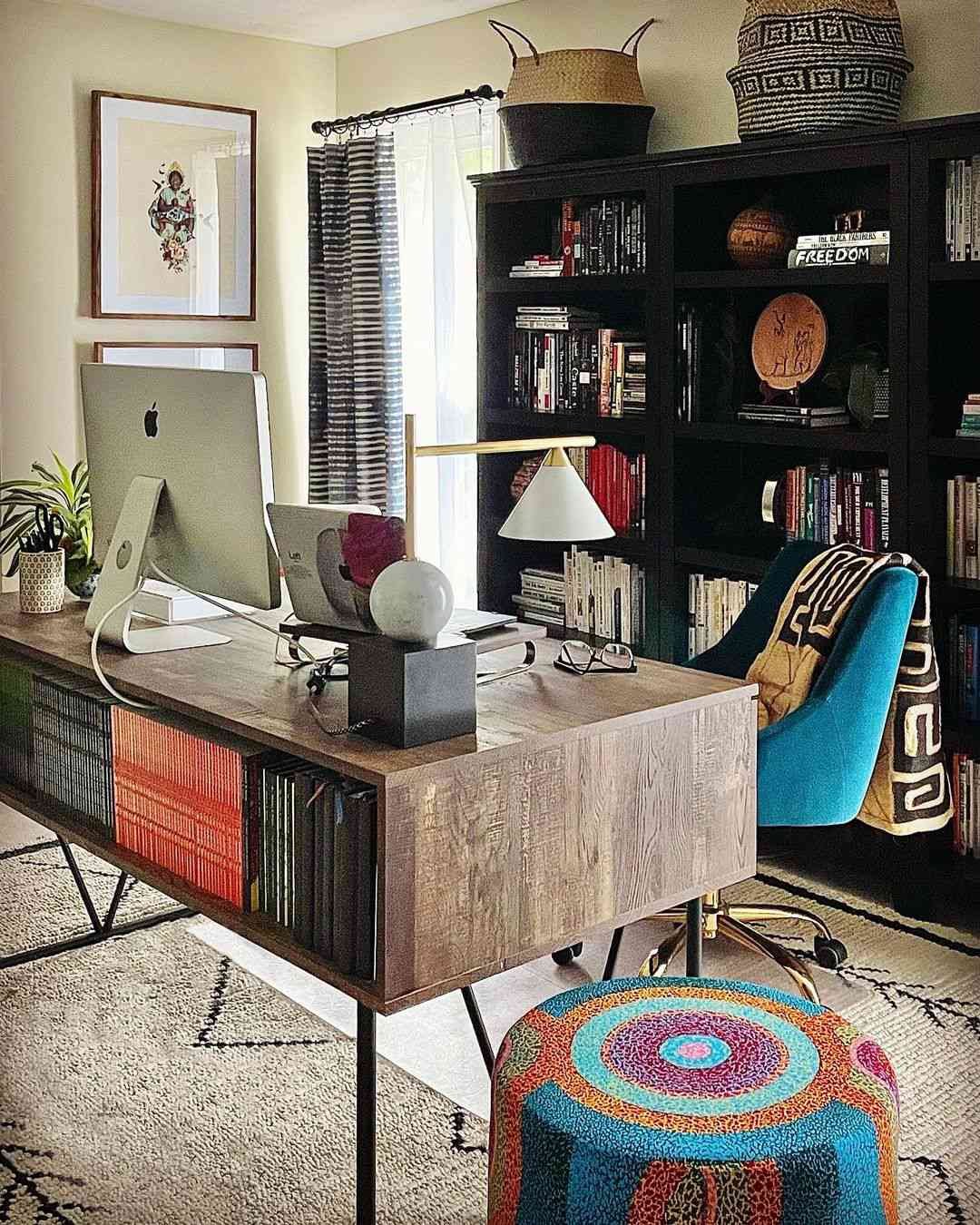
@willbrowninteriors / Instagram
Ceiling Design
Don’t forget to look to the ceiling—what Ladd calls a room’s “fifth wall” when adding some oomph to a space. Wallpaper the ceiling to coordinate with the other four walls in a room if you wish. If wallpaper only runs in one direction and doesn’t work for your ceiling, consider coordinating paper.
Layering
Finally, don’t forget the importance of layering within a maximalist space.
“Layer, layer, layer,” Ladd states. “Take all the things you love, and layer them on multiple surfaces like bookshelves, side tables, walls, and furniture. It does take a certain skill to know when to keep going and when to stop. You don’t want the result to be chaotic; you want it to be balanced.”
Examples of Maximalist Style
Maximalist style can work in any space in a home, from the bathroom to the kitchen to the dining room to the office to even a nursery. Check out some examples of the maximalist style below in different rooms utilizing the above tips perfectly.
Living Room
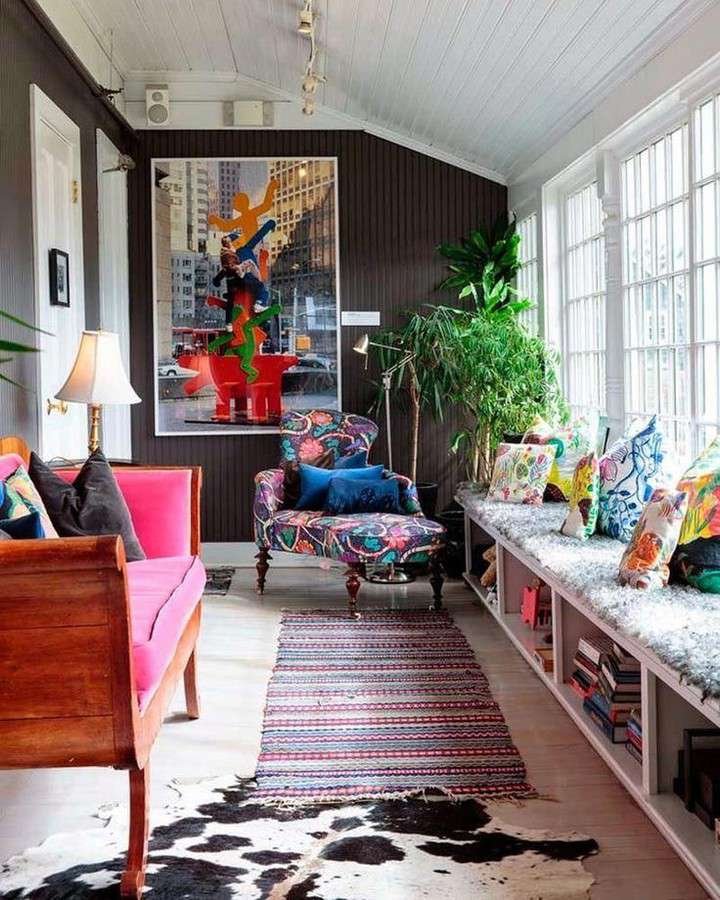
@midcitydesigngroup / Instagram
This maximalist living room features abundant bold colors, patterns, and layering to make the perfect area to hang out and relax with friends, family, or solo. The black accent wall makes everything feel grounded, which is a bonus.
Bedroom
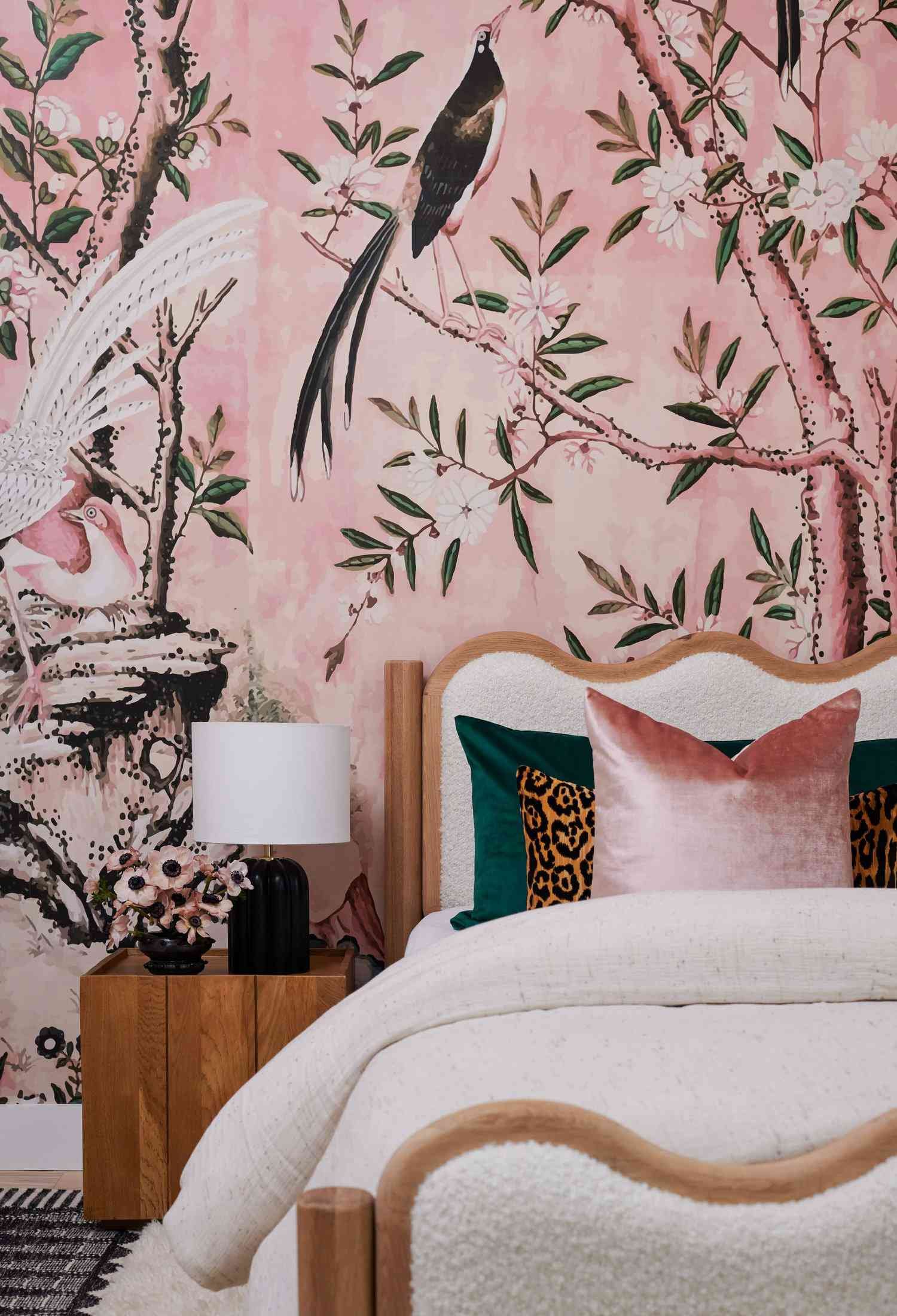
This maximalist bedroom is stunning. The bold and busy wallpaper is an anchor, informing the color scheme of the rest of the room. Various shapes, including an angular nightstand, different-sized and shaped pillows, and a scalloped headboard bring everything together.
Bathroom
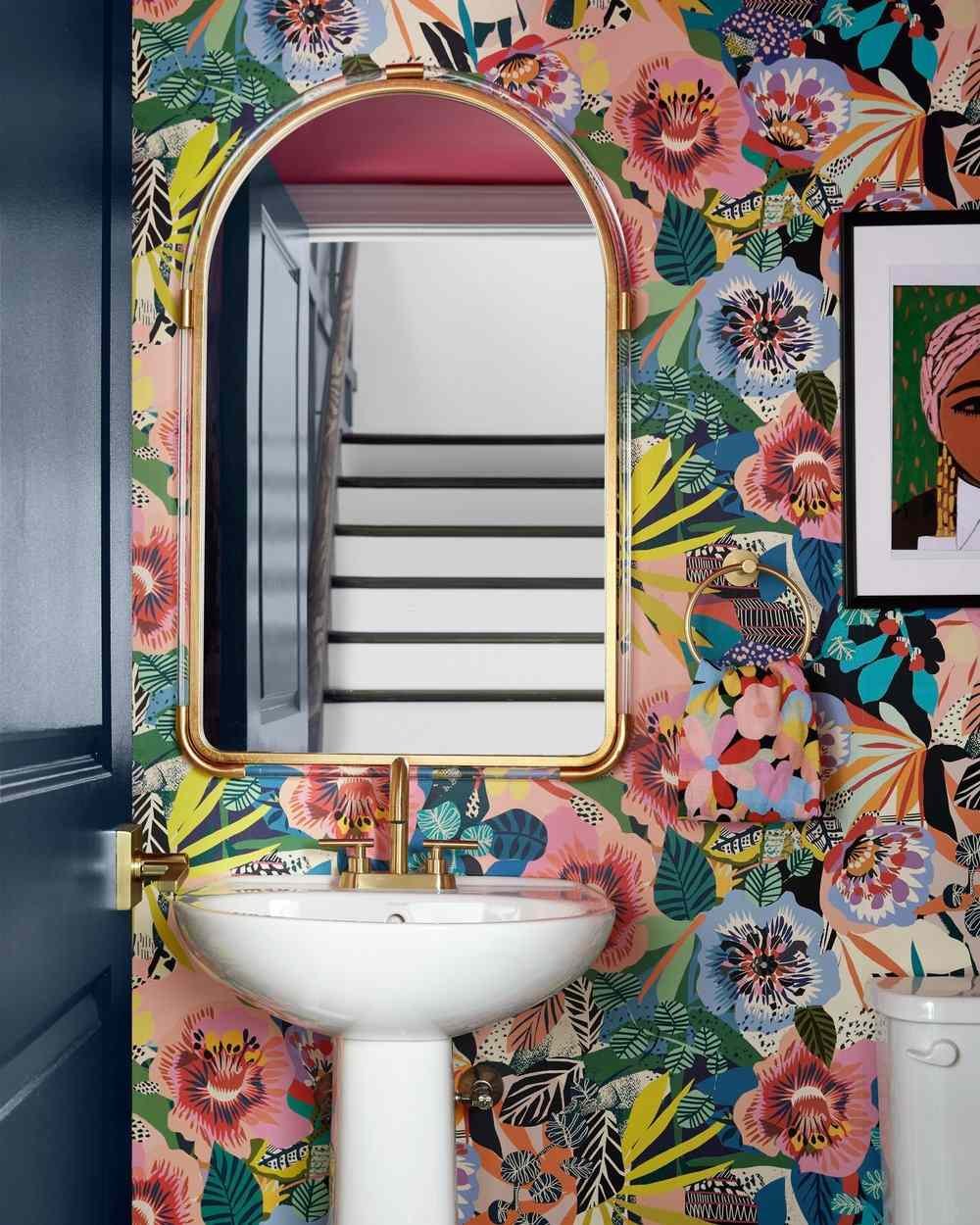
This vibrant bathroom is a maximalist dream come true. The multicolored floral wallpaper is the perfect backdrop for a gold mirror and a beautiful print that pulls some of the colors from the wallpaper, making everything feel cohesive.
Dining Room
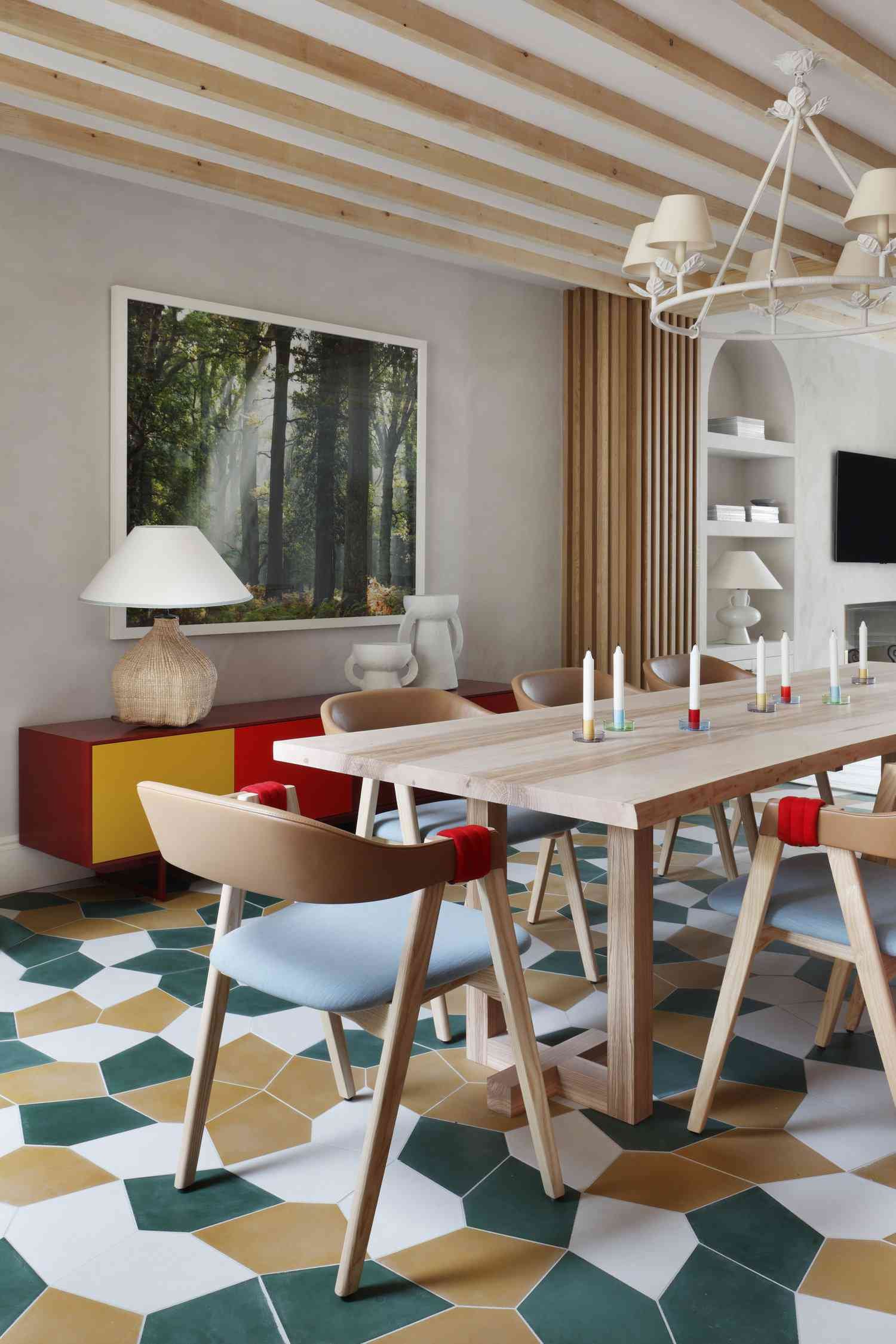
This maximalist dining room transports you back to the 1970s thanks to the mid-century modern dining set, the bold geometric flooring, and the neutral color scheme with pops of dark green, yellows, and red.
Office
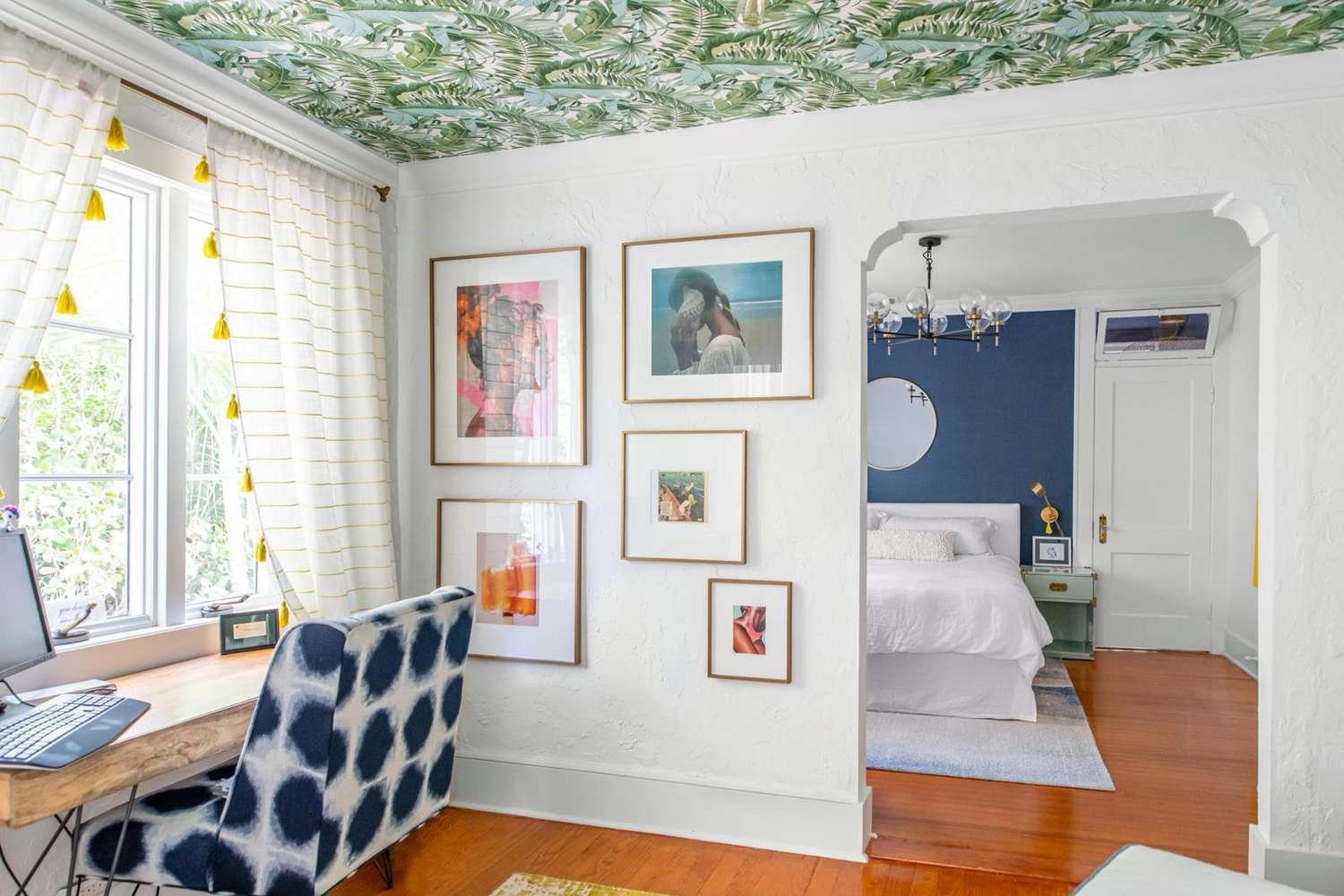
This maximalist office combines various colors, textures, and patterns for the perfect maximalist office. The accent wallpaper on the ceiling is unexpected and fun.



